Written by artist Ed Duke-Cox
We have learnt over the course of development so far that all animations within the game generally need to be exaggerated or amplified to a degree. This ensures that they are better read by the player in game. Obviously this should also apply to the Talk animations, but before we learnt this lesson they were a bit too static. Here is an early example of one of our guards:
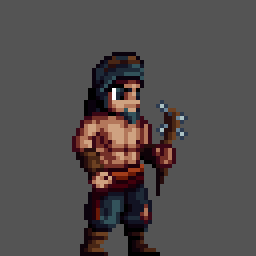
This first-pass leaned more towards being 'realistic', where the only movement to inform the player that the character is talking is the small movements and changing shape of the mouth and jaw. Because of the distance the camera is from the characters in game, this talking animation is almost indistinguishable from the usual ‘Idle Stand’ animation. This is even harder to detect when looking at our masked assassin.
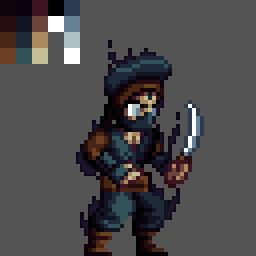
We realised that clearly the Talk animation needed more movement and exaggeration to signpost to the player what the character is doing.
The other issue we encountered was the artificial feel conversations had when the two participants took turns between speaking and listening. It felt very robotic, like they were simply being switched on or off from idle and talking. When one character is looping a talking animation, the other is looping an Idle Stand animation, and vice versa. Here is a simple timeline of a typical conversation:

At this point it became clear that the dialogue animations in our game needed an overhaul, to help better convey that a conversation is actually happening, and to also inject more personality so the characters feel less robotic. This happens on two fronts. First we needed to address the animations themselves, and then we could examine the system used to string the animations together to create a more convincing conversation.
To this end, we looked at examples of talking characters in old games. One clear front-runner during this was the iconic point&click adventure series, Monkey Island. Below are examples of talking from two characters in the series: Guybrush Threepwood and Stan S. Stanman.


Like the majority of characters in the Monkey Island series, when Guybrush talks there is a lot of snappy head movement to accompany the speech. This helps make it clear not only that a conversation is happening, but also who is actually speaking at any point in time. Stan also has a lot of wild arm and body movements that help inform us of his personality and character. We decided to add a comparable level of motion to our game, to help convey a conversation taking place. First we made the head of the person talking inherit a similar snappy jerky head motion.
OLD | NEW

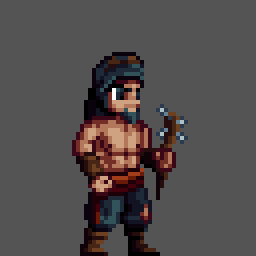

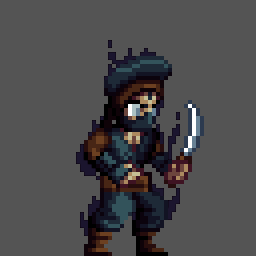
Secondly, we added arm movements and gestures to accompany the conversation, allowing us to breathe more life into it.
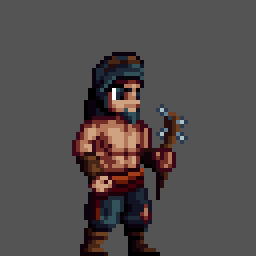
We quickly realised though that it was quite irritating to just watch the same single talk animation looping endlessly during a character’s dialogue. So to take it a little further than just the lessons learned from Monkey Island, we decided to break up our conversations into multiple short Talking animations, each using different arm gestures and able to be chained together in any order.
We then applied the same thinking to the silent party in the conversation. Instead of merely playing an ‘Idle Standing’ animation that has the character standing in place not really reacting to what is being said, the character can laugh, yawn, or naturally fidget. By applying both of these approaches, we get a more complex conversation timeline that looks like this:

The final result gives us an exchange between two characters that better visually communicates a conversation, and also feels more energetic, adds character, and is less robotic.
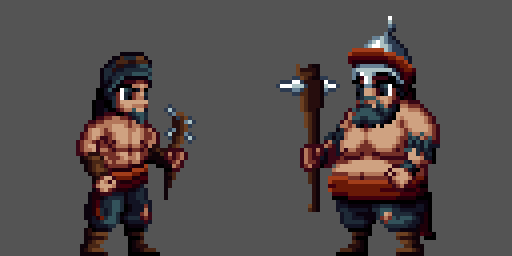
This example quickly shows off a range of motions in both idle and talking, but you can already see how it adds lots more depth to our NPCs. We’d love to know what you think, and to hear any other lessons you may have learned from pixel game conversation portrayal. Hopefully what we’ve shown here may help you too.







Nice update. I like this pixel dudes. )